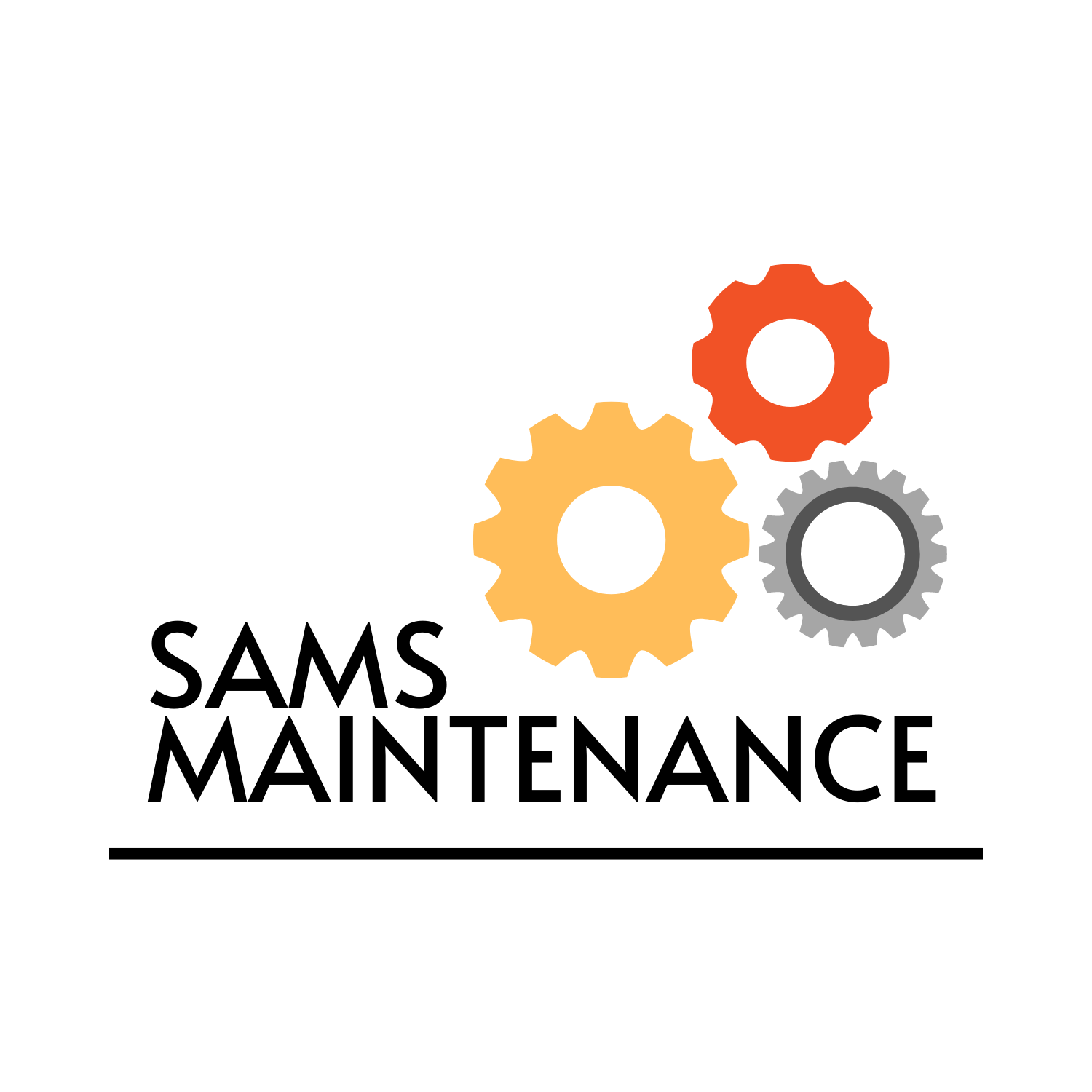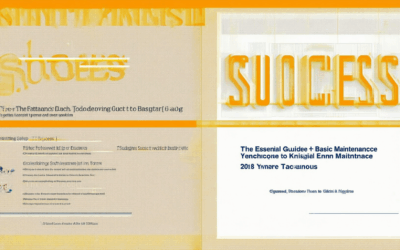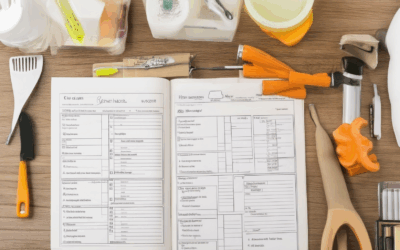Empowering yourself with DIY home care advice can be one of the most rewarding ways to take control of your health and well-being. In today’s fast-paced world, many individuals are seeking cost-effective and personalized solutions to maintain their independence at home. Whether you’re caring for yourself or assisting loved ones, DIY home care advice offers a practical approach to managing daily tasks and ensuring a comfortable living environment. This guide explores essential tips, financial considerations, and legal insights to help you navigate the world of DIY home care, providing everything you need to know to make informed decisions and create a supportive home care setup.
Key Takeaways
– Understand Basic Home Care: Master essential maintenance and support services to ensure safety, comfort, and well-being in your home.
– DIY Home Care Solutions: Learn practical tips to manage daily tasks like personal hygiene, household chores, and meal preparation.
– Know the 80/20 Medicare Rule: Understand how Medicare typically covers 80% of services, with patients responsible for 20%, varying by service type.
– Medicare-Certified vs. Non-Certified Caregivers: Recognize differences in coverage for caregivers, with certified ones often being trained professionals.
– Explore Alternative Caregiver Payment Options: Utilize long-term care insurance, Medicaid, hospice benefits, or state-specific programs for financial support.

Home Care Advice: Tips for Providing Exceptional Service
When it comes to home care, the goal is to ensure your clients feel supported, informed, and satisfied. Here are some practical tips to enhance your service:
- Personalized Service : Tailor your approach to each client’s unique needs. Offer customized solutions that cater to their lifestyle preferences.
- Regular Check-ins : Schedule routine visits to assess their needs and ensure everything is in order. This demonstrates reliability and care.
- Clear Communication : Maintain open and honest dialogue. Use checklists or progress reports to keep them informed about your efforts.
- Timely Responses : Respond promptly to requests. Quick actions can significantly boost satisfaction levels and trust.
- Education and Empowerment : Provide resources or training programs to help them manage their home effectively. Empowered clients are happier clients.
- Flexibility : Offer flexible scheduling options to accommodate their busy lives. Being adaptable shows you value their convenience.
- Cleanliness and Organization : Help them maintain a clean and clutter-free environment. Consider sharing cleaning checklists or organization tips.
- Proactive Problem Solving : Anticipate potential issues before they arise. Regular inspections can prevent small problems from becoming major concerns.
- Feedback Mechanisms : Regularly gather feedback through surveys or informal conversations. This helps you understand their needs and improve your service.
- Building Relationships : Invest time in building genuine relationships. Show genuine interest in their lives and their home maintenance goals.
By implementing these strategies, you can deliver home care services that exceed expectations and foster long-term client satisfaction. Remember, it’s not just about fixing things—it’s about creating a reliable and supportive experience.
Understanding the Difference Between Home Care and Caregiver Services
Sams Maintenance understands the importance of clear distinctions between home care services and caregiver assistance to help you make informed decisions for your loved ones.
What is Home Care Service?
- Scope: Professional services provided in a residential setting, covering a range of needs from daily assistance to advanced medical care.
- Training: Typically requires formal training and certification, especially for medical tasks.
- Regulation: Often subject to state licensing and strict guidelines to ensure quality and safety.
- Services Provided: Includes personal hygiene, housekeeping, meal preparation, and sometimes medical monitoring under a healthcare provider’s supervision.
What is a Caregiver?
- Role: Provides personal and emotional support, often on an informal basis, such as companionship or assistance with daily tasks.
- Training: Not necessarily required, though some may seek additional training for better preparedness.
- Focus: Emphasizes emotional well-being and personal care rather than medical tasks.
- Services Provided: Help with errands, shopping, light housework, and social interaction to enhance quality of life.
Key Differences
| Aspect | Home Care Service | Caregiver |
|---|---|---|
| Scope | Broad range, including medical oversight | Personal and emotional support |
| Training | Formal and regulated | Varies, optional |
| Responsibilities | Medical and daily assistance | Companionship and daily help |
Why Choose Sams Maintenance?
At Sams Maintenance, we offer comprehensive resources to help you navigate the complexities of home care and caregiver services. Our guides provide detailed tips and expert advice to empower you with the knowledge needed to make informed decisions for your home maintenance needs.
For more information on how our services can benefit your home, visit our main website or explore our home maintenance guide .

Preparing Your Home for Home Care
To ensure your home is safe and comfortable for home care recipients, follow these essential steps:
- Clear Clutter and Create Safe Pathways
- Remove obstacles like loose rugs, electrical cords, and furniture from walkways.
- Secure heavy furniture using safety straps or brackets to prevent tipping.
- Check and test all light switches to ensure accessibility and functionality.
- Install nightlights in hallways and near sleeping areas for better navigation.
- Store knives and sharp tools in locked drawers to prevent accidents.
- Keep countertops clutter-free and within reach for easy access.
- Move cooking appliances like microwaves away from edges to avoid burns.
- Install grab bars in showers and bathtubs for stability.
- Add grab handles to toilets for balance.
- Place non-slip mats in wet areas to prevent slipping.
- Add ramps or thresholds outside doors to prevent tripping.
- Ensure exterior walkways are clear of debris and uneven surfaces.
- Check for loose pipes or leaks in heating systems.
- Test carbon monoxide detectors monthly and ensure fire extinguishers are accessible.
- Install locking mechanisms that are easy to operate but secure.
- Consider window screens to prevent accidental falls.
- Set up a security system for added protection.
- Ensure chairs are stable and at a comfortable height.
- Position beds at a manageable height for easy access.
- Clear space around appliances for safe movement.
- Fix uneven paving stones or paths to prevent falls.
- Trim trees and bushes to keep walkways clear.
- Store power tools securely to prevent unintended access.
- Organize medications in an easily accessible yet secure manner.
- Keep important documents like medical records in an accessible location.
- Display an emergency contact list in a visible area.
- Conduct monthly checks for potential hazards.
- Adjust layouts or arrangements as needs change.
- Involving family members in routine checks can help identify issues early.
By addressing these areas, you can create a safer and more comfortable environment tailored to the needs of those receiving home care.

What is Basic Home Care?
Basic home care refers to the essential maintenance and support services provided to ensure the safety, comfort, and well-being of individuals within their own homes. This type of care typically involves helping with daily activities, managing household responsibilities, and providing emotional support. Below are key components of basic home care:
Types of Basic Home Care
- Personal Care Assistance: Help with daily personal hygiene, dressing, and mobility assistance.
- Household Maintenance: Managing laundry, dishwashing, cleaning, and organizing living spaces.
- Meal Preparation: Planning and preparing nutritious meals to ensure proper nutrition.
- Medication Management: Assisting with medication reminders and tracking schedules.
- Emergency Response Planning: Preparing for potential emergencies and ensuring readiness.
Daily Cleaning and Maintenance Tasks
- Maintaining cleanliness of living areas, bathrooms, and kitchens.
- Laundry services, including washing, drying, and folding clothes.
- General cleaning schedules to prevent dust, clutter, and bacteria buildup.
- Regular maintenance of appliances and systems to ensure functionality.
Monthly Maintenance Checks
- Checking for plumbing issues, leaks, and water damage.
- Inspecting electrical systems and outlets for safety hazards.
- Evaluating the condition of HVAC systems and ductwork.
- Testing smoke detectors and fire alarms to ensure proper functioning.
Emergency Preparedness
- Creating an emergency plan tailored to the individual’s needs.
- Storing necessary supplies like flashlights, first aid kits, and important documents.
- Knowing the locations of emergency exits and safety equipment.
- Providing reassurance during stressful situations.
Additional Resources
- Sams Maintenance Guide : Detailed instructions for homeowners.
- Emergency Preparedness Tips : Essential steps for readiness.
- DIY Repair Tutorials : Videos and guides for common fixes.
By understanding and implementing these basic home care practices, individuals can maintain a safe and comfortable living environment. For further details and professional guidance, visit our main website .
Understanding the 80/20 Rule for Medicare
The 80/20 rule is a common reference used to describe the cost-sharing arrangement between healthcare providers and Medicare beneficiaries. However, it’s important to note that this rule is not an official policy of Medicare itself but rather a commonly cited principle in discussions about healthcare costs.
Under this rule:
- Medicare generally pays 80% of the cost of covered services and treatments.
- Patients (you) are responsible for covering the remaining 20%.
This split applies to most Medicare-covered services, but there are exceptions and variations depending on the type of care received. For example:
- Hospital stays: Typically, the hospital charges 100%, and Medicare pays 80%, leaving the patient responsible for 20%.
- Outpatient services: Providers may charge 100%, with Medicare paying 80%, and the patient paying 20% coinsurance or copays.
- Specialized services like durable medical equipment (DME) or skilled nursing care may follow different payment structures.
It’s essential to verify the specific details of your Medicare plan, as cost-sharing arrangements can vary significantly between different types of Medicare plans (e.g., Part A, Part B, Part C, etc.).
Please refer to your Medicare Summary Notice or plan materials for precise information about your coverage and cost-sharing responsibilities.

Will Medicare Pay for a Caregiver?
Medicare does not typically pay for caregivers under its standard plans. Here’s a breakdown of the options:
- Medicare-Certified Home Health Agencies :
Medicare may cover the cost of caregivers provided by Medicare-certified home healthcare agencies. These agencies typically offer services like skilled nursing and home health aide care, which may include caregiver services. However, the caregivers employed by these agencies are usually trained and licensed professionals. - Other Assistance Programs :
Beyond traditional Medicare, there are alternative programs that can help cover the costs of caregivers: - Long-Term Care Insurance : Some policies cover home health aide services or respite care, which can indirectly support family caregivers.
- Medicaid : Medicaid often pays for home-based services, including caregiver support, particularly for eligible individuals with limited income.
- Hospice Benefits : Hospice programs may provide funding for caregivers assisting with end-of-life care.
- Family Caregiver Payments :
While Medicare doesn’t directly pay family caregivers, some states offer programs or grants to assist with caregiving expenses. These programs vary widely, so checking with local social services or the Health Insurance Information Counseling program can provide more details. - Non-Medicare Certified Caregivers :
If you hire a non-Medicare certified caregiver, you’ll likely pay out-of-pocket. These caregivers may lack formal training and certifications, which could affect the quality of care provided.
For more information on coverage options and assistance programs, visit our resources section or consult with a healthcare advisor. Remember, the best option often depends on your specific circumstances and eligibility for various programs.




0 Comments